In 1929, Samuel Courtauld owned the most important collection of works by Paul Gauguin in England: five paintings, ten woodcuts and a sculpture. He subsequently sold two of the paintings, but for this show the gallery that bears Courtauld’s name has borrowed them back. One of them is the very beautiful ‘Martinique Landscape’ (1887), now owned by the National Galleries of Scotland, in which colour and pattern lock together in the most subtle and satisfying way. Even the rather startling turquoise with which the gallery’s walls have been painted cannot distract from its powerful presence.
The other great painting here is supposedly ‘The Dream’, which Roger Fry declared was ‘the masterpiece of Gauguin’. The best bit of this painting is the landscape through the window: I find the figures rather sullen. Much more interesting is ‘Nevermore’, a deeply sensual and moody painting that the National Gallery passed up the chance of buying. Its touches of menace make it an altogether deeper statement, and Gauguin considered it one of his masterpieces.
The early Brittany landscape with haystacks is good — note the particularly fine use of green with flashes of orange-red — but the figures are the least convincing aspect of this image, which would have made a magnificent abstract. I also liked the two red-chalk studies of a bearded man, who looks a little like Gauguin himself, though the artist’s aquiline nose has been squashed. The very early marble portrait of his wife, Mette, is interesting if uninspired, and probably made in collaboration with a professional sculptor. And the wood engravings deserve serious study.
This one-room exhibition is a great delight, the sort of thing the Courtauld does so well. The first in a new series, entitled ‘Summer Showcase’, it focuses on the collection, giving something of its history. It is revealing to move through into the next room and descend from the Olympian heights of Gauguin to the gossipy gutter of Bloomsbury, and the turgid paintings of Roger Fry himself. On the basis of his own work, Fry had no right to be such a potent arbiter of taste, but of course that’s not how things work. The best pictures here are Duncan Grant’s enjoyably lucid ‘Still-life with Peaches’, and another still-life by Winifred Gill, a member of Fry’s Omega Workshop. Hardly known today, Gill painted her fine strong image on the back of a laundry-box lid. Gauguin would have appreciated that.
At the National Gallery, it’s clear that subtitling an exhibition ‘The Art of Love and Leisure’ is intended as a lure to the public — and this show desperately needs one — as well as being a tacit admission that Vermeer and Music is not really accurate. ‘Music in Dutch Painting’ would be a more truthful title, but that wouldn’t have the crowd-pulling capacity of Vermeer’s name. Yet, actually, there’s very little Vermeer on show: the two paintings from the NG’s permanent collection — ‘A Young Woman Standing at a Virginal’ and ‘A Young Woman Seated at a Virginal’ — then ‘The Guitar Player’ from Kenwood House, the wonderful ‘Music Lesson’ from the Royal Collection, and a rather lacklustre ‘Young Woman Seated at a Virginal’ from a private collection in New York. No great surprises there then.
Of course a tremendous charge of serenity comes off the first four of those paintings, and it’s always a pleasure to look at Vermeer and try to work out just how he achieved his shimmering stillness, but this paying exhibition has mostly been put together from the NG’s own collection, which makes the admission charge of £7 seem rather steep — unless you think of it as a concert ticket as well. There are, after all, live performances in the exhibition space on three days a week by the Academy of Ancient Music. This will be a wonderful bonus to some and an unwanted distraction to others, so be careful to choose carefully when you visit.
It’s a smaller exhibition than usually held in the Sainsbury Wing: one room is reserved for concerts, another is closed, so the display of paintings, songbooks and musical instruments is confined to three rooms. In the first there’s a rather impressive vanitas still-life by Jan Jansz. Treck, while in a window cabinet between this room and the Vermeer gallery is an Italian lute from c.1630. (It looks much better when seen from among the Vermeers: it has a magnificent ivory and ebony back.)
The exhibition emphasises the domestic scale of music in Holland at this time, performed in the home as most of it was. It was also evidently a popular subject for painting, perhaps because it was flexible in its meaning. A little canvas by Carel Fabritius depicts a view of Delft with a musical instrument seller’s stall in the foreground. Melancholic reverie, cityscape or part of a perspective box? Music can also indicate status or attractiveness (there’s a lot of implied sexuality in paintings of women and musical instruments), celebration or lament. Frans van Mieris the Elder evidently thought that holding a cittern would confer an extra degree of dignity on his self-portrait; pity then it’s such a dull painting.
There are good things here, including an intriguing painting by Gabriël Metsu of a man and woman seated at a virginal, but actually it’s a pretty poor summer at the National, with this exhibition sharing the billing with Michael Landy’s Saints Alive in the Sunley Room. Landy (born 1963) was appointed the NG’s eighth Associate Artist in 2010, and his exhibition of kinetic sculptures of saints is the dire result. Landy thinks the NG is stuffy (he admits he didn’t find it relevant as a student, and was ignorant of its great collection), so he has determined to liven it up with a few violently moving sculptures. No wonder the security guards wear earplugs.
Landy’s appointment was a desperate attempt to bring the supposedly cutting edge to the National. It doesn’t work — just as two of Landy’s four main sculptures didn’t work when I visited — and these amusement-park novelties have an end-of-the-pier pointlessness to them. The National can do better than this: why not appoint a painter who knows and cares about the collection? Arturo Di Stefano and Stephen Chambers spring to mind. Now that would be radical.
Got something to add? Join the discussion and comment below.
Get 10 issues for just $10
Subscribe to The Spectator Australia today for the next 10 magazine issues, plus full online access, for just $10.
You might disagree with half of it, but you’ll enjoy reading all of it. Try your first month for free, then just $2 a week for the remainder of your first year.

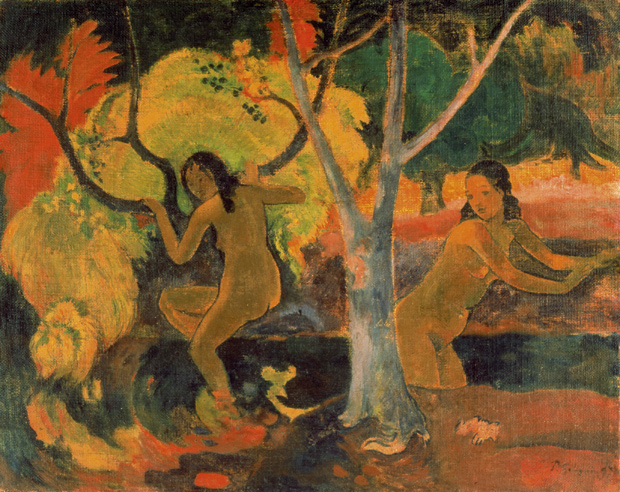
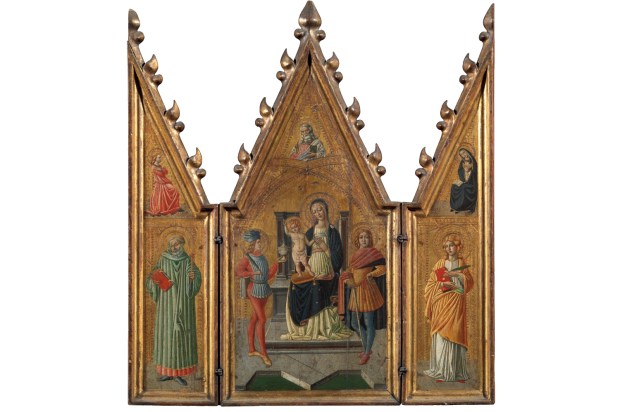
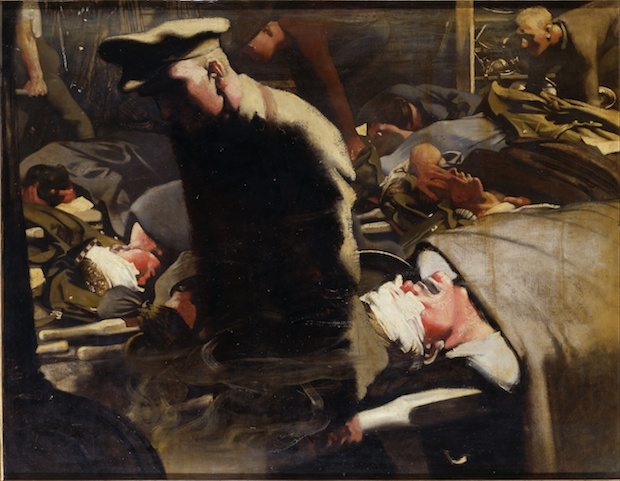
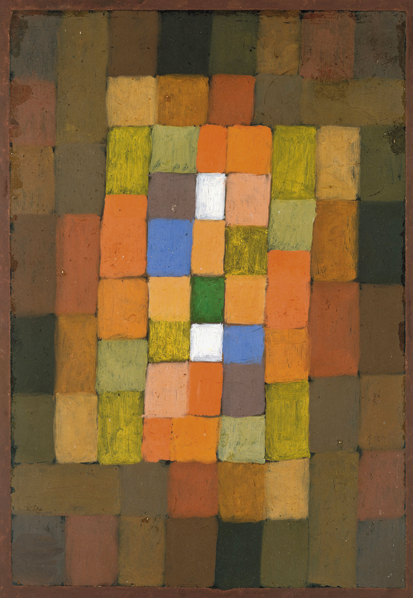
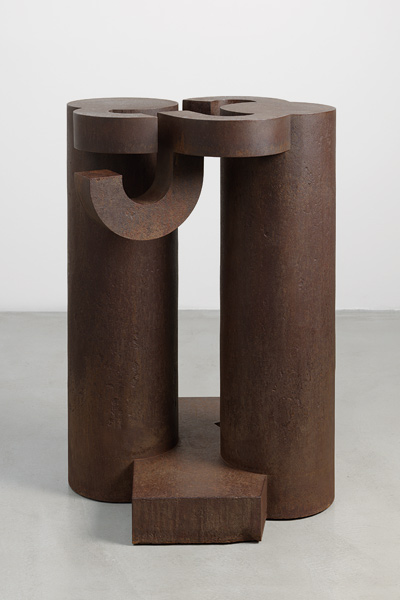
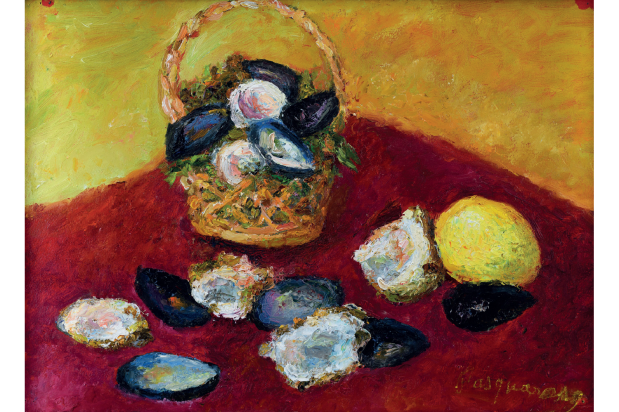







Comments
Don't miss out
Join the conversation with other Spectator Australia readers. Subscribe to leave a comment.
SUBSCRIBEAlready a subscriber? Log in